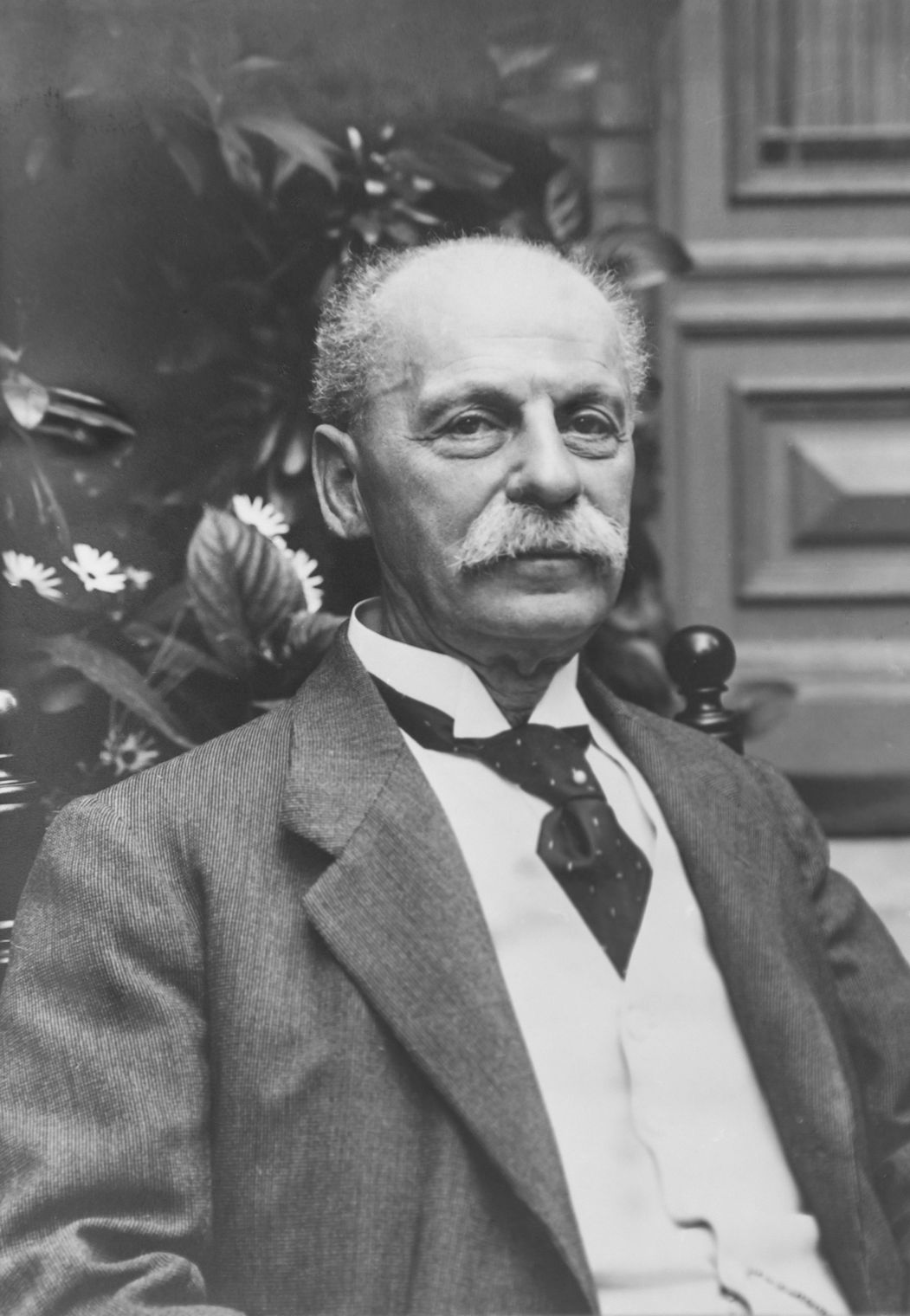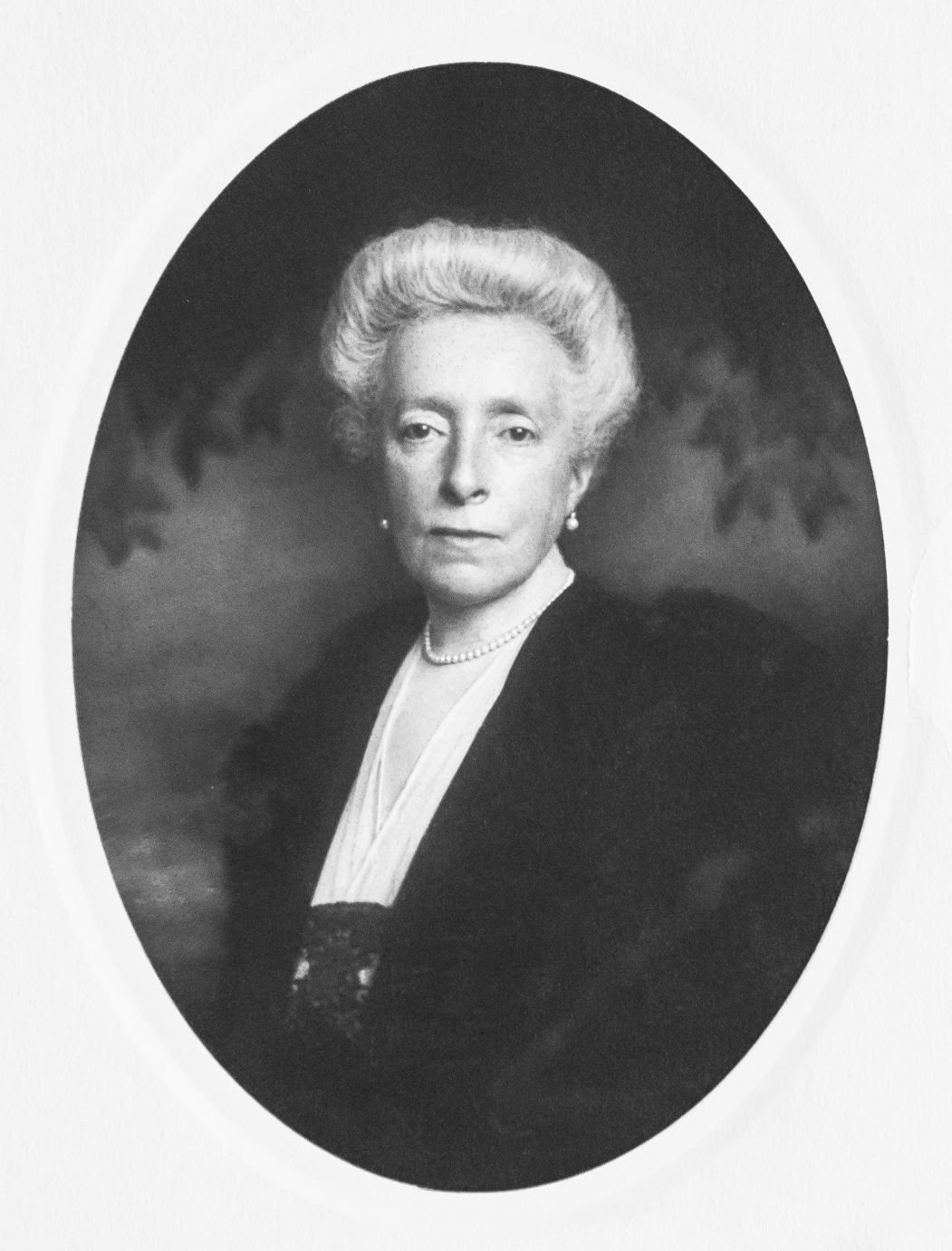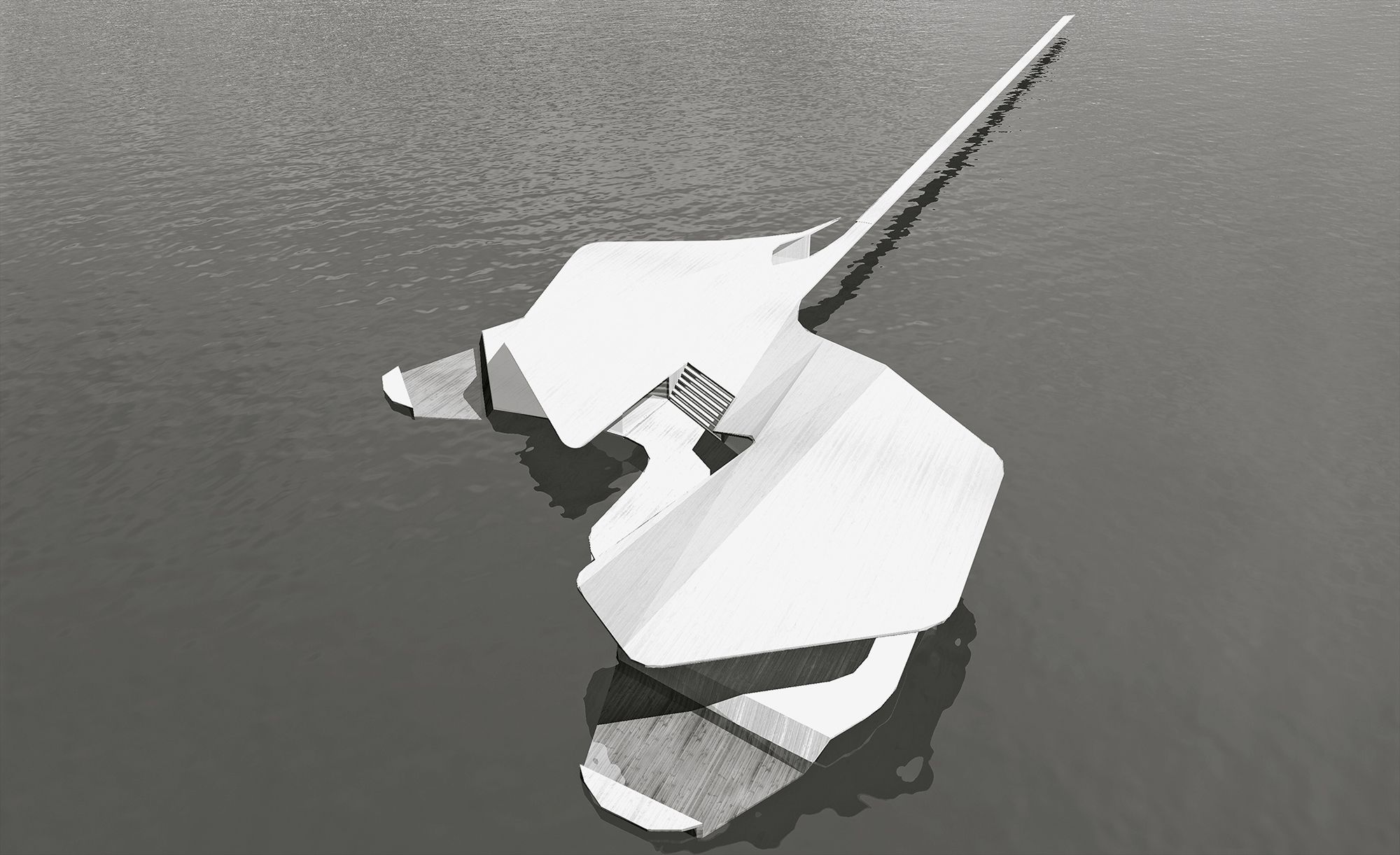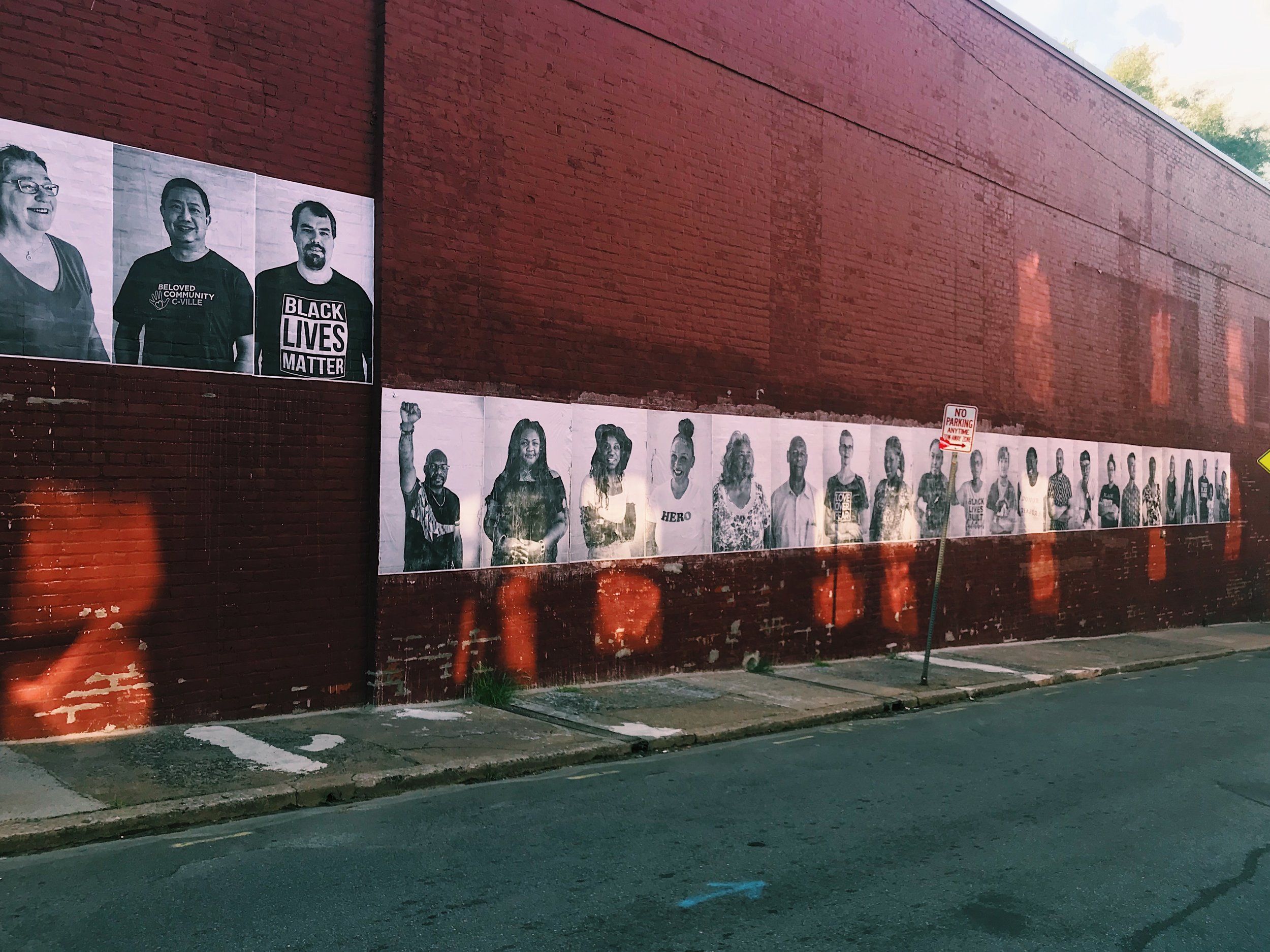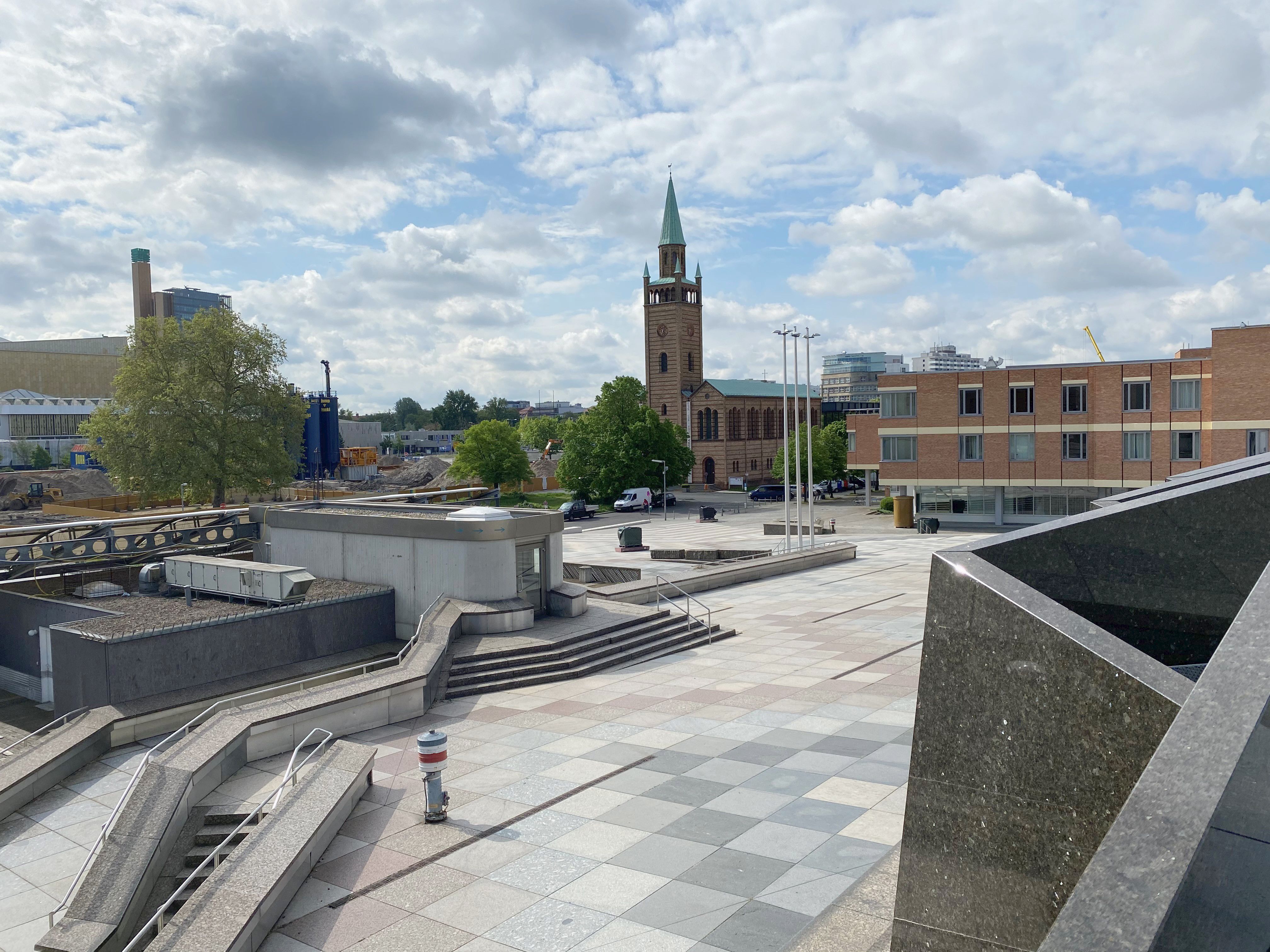
The Arnhold Initiative aims to honor the exceptional couple, Johanna and Eduard Arnhold, as well as the men and women associated with them and likewise Jewish who had a significant impact on public life in Berlin and Germany.
They all lived near each other in Berlin's Tiergarten district. As entrepreneurs, politicians, artists, art collectors, patrons of the arts, gallery owners, and publicists, they set an example for civic engagement with their diverse social and philanthropic foundations and generous cultural patronage.
The National Socialist barbarism that began in 1933 erased their names, and their life's work has mostly disappeared from public memory. Their social class has also disappeared, just like the former Tiergarten district of Berlin. To this day, these former residents and patrons of the arts are not remembered in public.
This void in Berlin's cultural memory must not remain. That is why an initiative was founded in 2021 to keep the public memory of the patron couple alive. An initial success was the renaming of the square in the middle of the Kulturforum as Johanna-and-Eduard-Arnhold-Square in November 2024. In July 2025, a memorial column with information on the life and work of the Jewish couple will be unveiled.
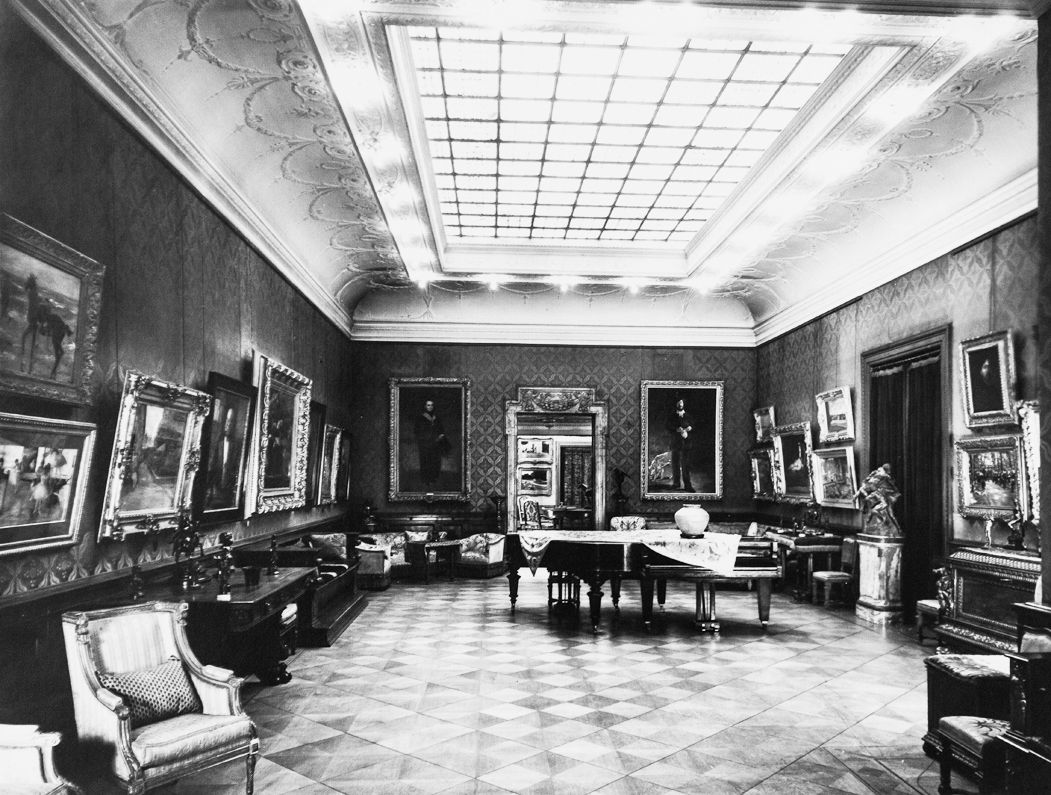
The initiative group has also invited the artists Tatjana Doll, Karin Sander, Lars Krückeberg and Julian Rosefeldt to develop initial sketches of ideas for a possible design for the “Johanna-and-Eduard-Arnhold-Square” and its immediate surroundings. As former Villa Massimo scholarship holders and Rome Prize winners, the four invited artists are connected to the legacy of Arnhold, the founder of Villa Massimo. Their proposals are intended as aesthetic and urbanistic contributions to cultural memory as well as bridges to the present: in the spirit of Arnhold and with a view to the museums, the Philharmonic and St. Matthew's Church that are located here.
In 2018/2019, Lars Krückeberg was a fellow at the Villa Massimo in Rome, donated to the German state by the Arnholds, where he realized the project Relative Cosmos - Fragmented Oikos.
Further information on the Association in Memory of Johanna and Eduard Arnhold: arnhold-initiative.de
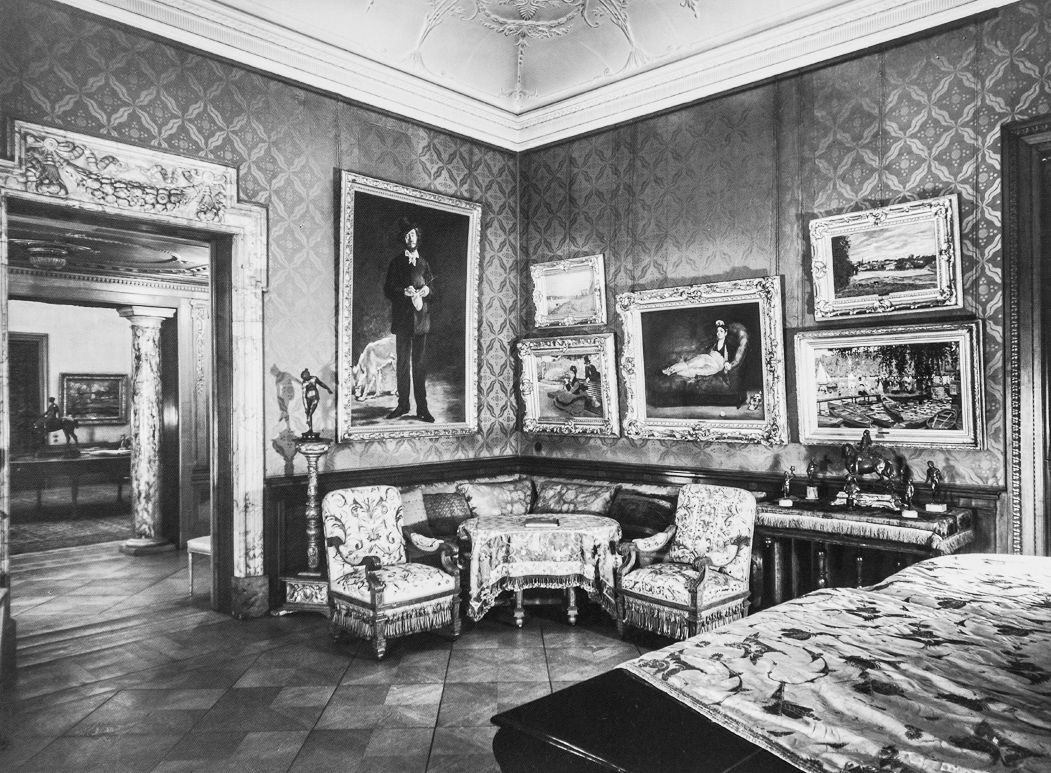
Design by Lars Krückeberg with GRAFT Architects:
The Arnhold Garden and the Meridian of the Tiergarten Quarter
Basically nothing has survived of the Arnholds' great civic commitment, their exemplary support of modern art, and the places where they worked. The memory of the Arnholds has been virtually erased. Only the Villa Massimo in Rome, with its wonderful garden and studio houses generously donated by the Arnholds to the German state and its artists, is more alive than ever. The motif of a giardino pensile, which forms a home for mental spaces, is still today a kind of image of longing that is well known to the Germans and that made not only the Arnholds become seekers in the South.
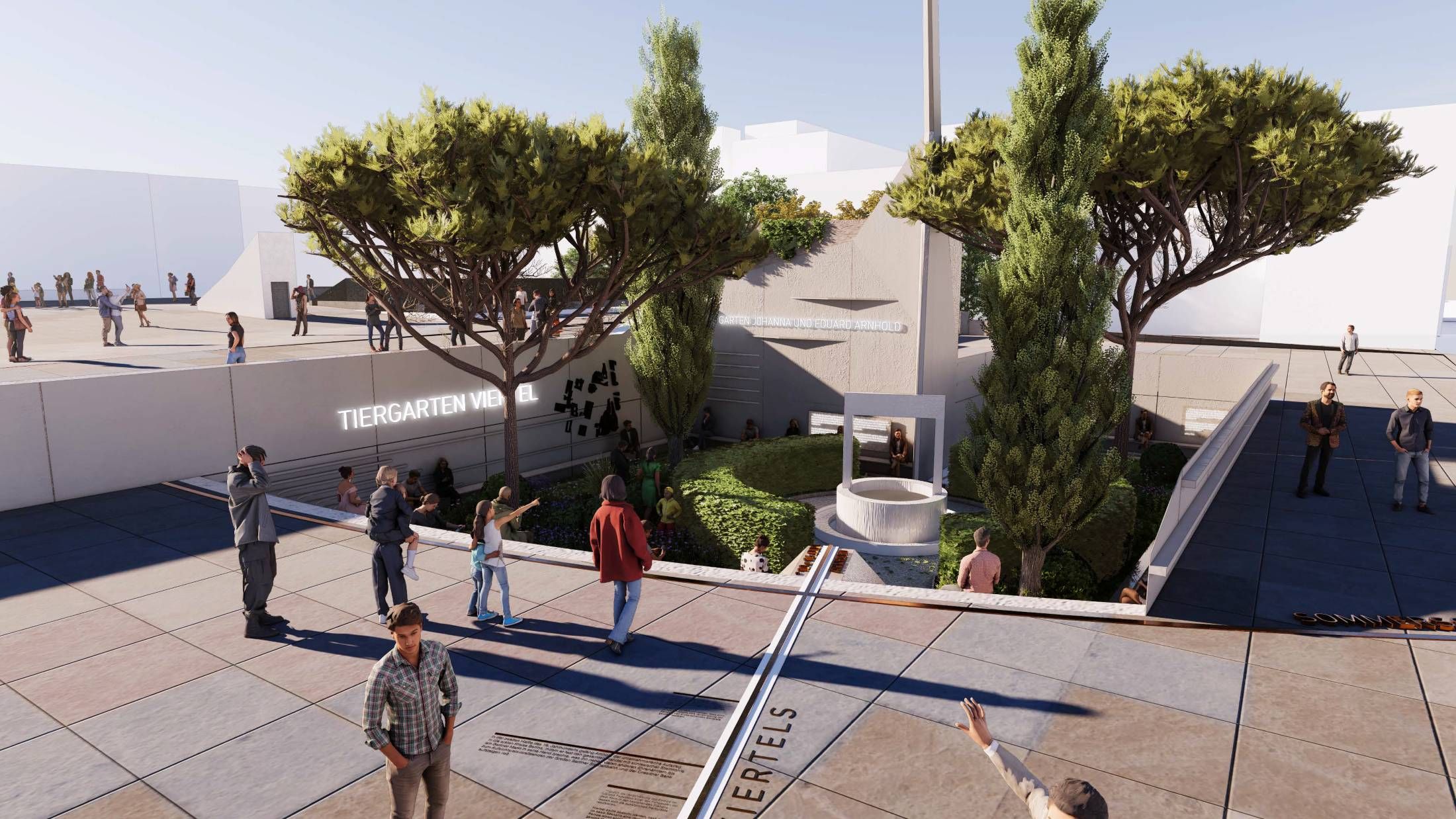
The German Academy in Rome is the only surviving work of the Arnholds. To refer to this living place in Rome, we propose to cut and transport a section of this garden into the Kulturforum. In a kind of mental archeology we discover a piece of Villa Massimo on the Berlin Kulturform. A place of tranquility and contemplation that points beyond itself is created exactly where the memory of the Arnholds' home and work has disappeared - illuminated by the same sun that stands over Rome and Berlin.
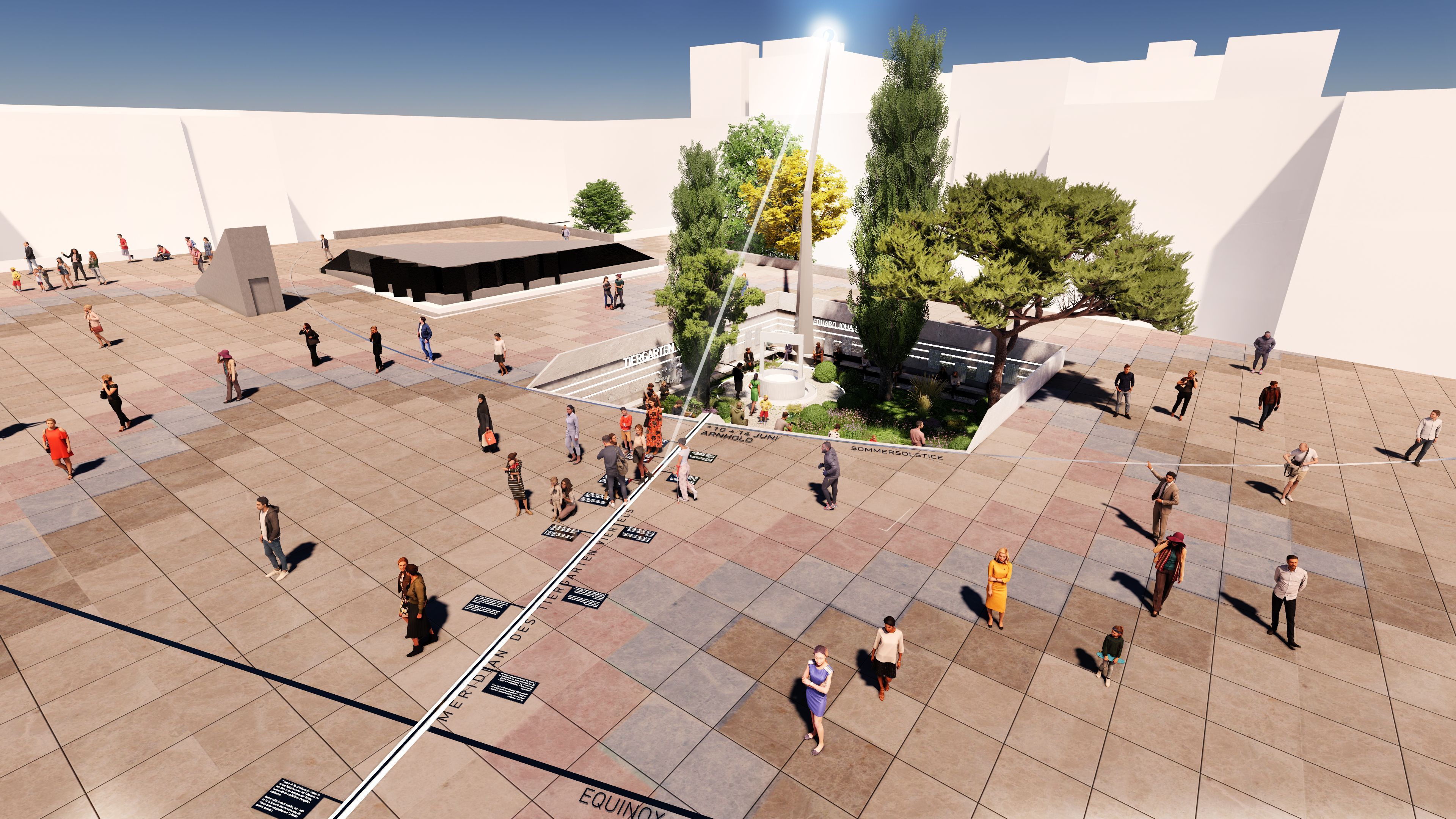
The idea of light and the forgotten life cycles of the German-Jewish bourgeoisie in the Tiergarten quarter extends the motif of a hortus conclusus with that of a meaningful meridian. The latter, however, is supposed to act by light and not by shadow and, by displaying the day, to animate above all forgotten times. The point of light of a catoptric mirror gnomon in the garden will thus touch the meridian at noon throughout the year and here illuminate birthdays or important events from the lives of significant people from the Tiergarten quarter, a kind of recurring spotlight on forgotten history and stories. This will be exemplified near the summer solstice: just before the sunspot turns around on June 21, it will illuminate for 4 days a plaque/relief/memorial of the Arnholds who had birthdays on June 10 (Eduard) and 14 (Johanna). At this place the meridian and its light connects with the garden.
Thus a light, time and space relationship between the Arnholds and other protagonists of the disappeared Jewish life in this place is created: the meridian of the Tiergarten quarter and the Arnholds' garden.
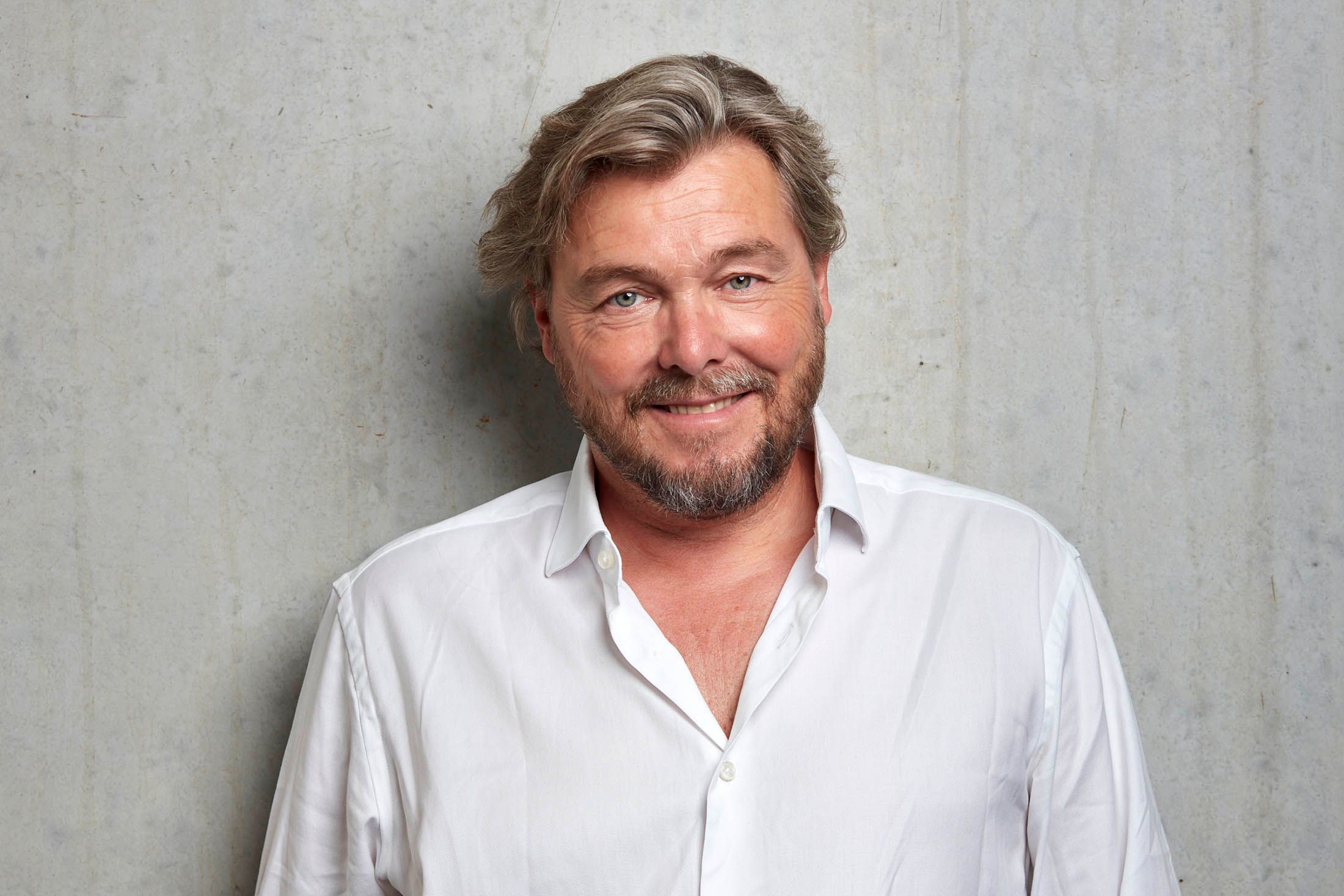
About Lars Krückeberg
Lars Krückeberg, born in Hanover in 1967, studied architecture at the Technical University of Braunschweig, the Università degli Studi di Firenze and the German Institute of Art History in Florence. He graduated as Dipl.-Ing. Arch. in Braunschweig and received his Masterdegree in Architecture at the Southern Californian Institute of Architecture SCI Arc, Los Angeles.
After visiting professorships at Hafen City University Hamburg as well as RWTH Aachen, Lars Krückeberg held a visiting professorship at TU Delft in 2017/18. In 1998 Lars Krückeberg founded the office GRAFT Architects in Los Angeles together with Wolfram Putz and Thomas Willemeit. GRAFT has since won numerous international awards. GRAFT now employs around 100 architects and designers worldwide.
Together with Marianne Birthler, Lars Krückeberg, Wolfram Putz and Thomas Willemeit curated the German Pavilion at the 2018 Venice Architecture Biennale with the project "Unbuilding Walls." Prior to that, Krückeberg curated several exhibitions in Berlin, Hamburg, Munich, New York, Karlsruhe, Los Angeles, and Riga, among others. In 2018/19, Lars Krückeberg was a fellow and award winner at the German Academy Villa Massimo in Rome. Krückeberg's proposals for a design of the "johanna und eduard arnhold platz" on the Kulturforum in Berlin-Tiergarten build a motivic bridge between Berlin and Italy, in the spirit of the Arnhold couple, who were also involved in Florence and Rome. Wolfram Putz and Thomas Willemeit collaborated on its design.
